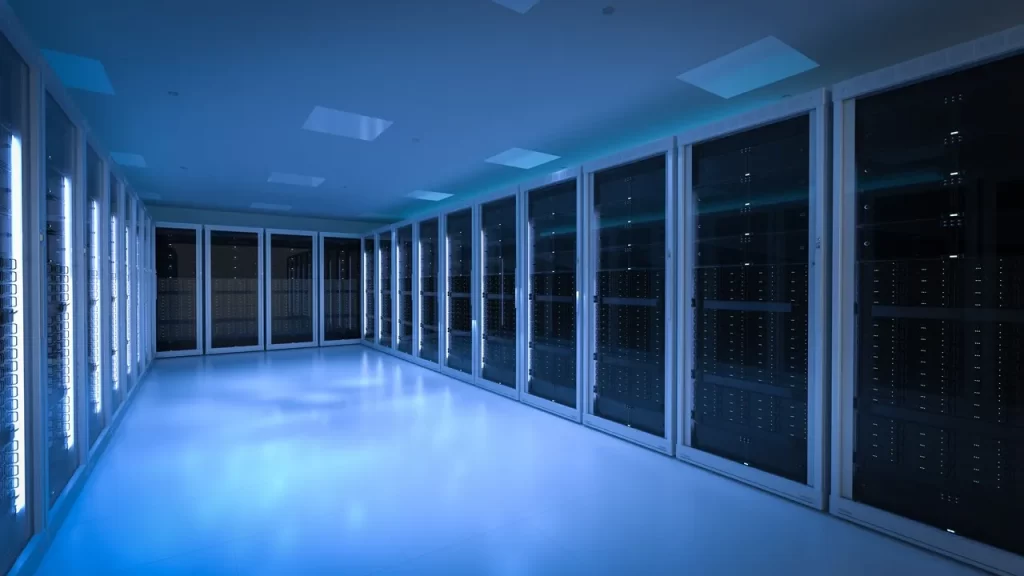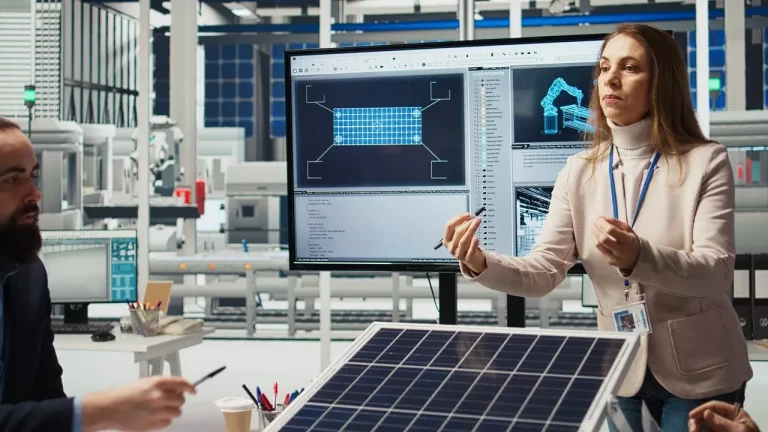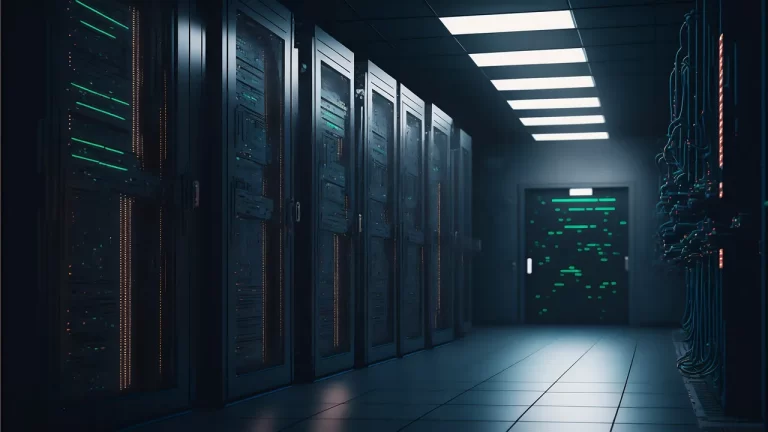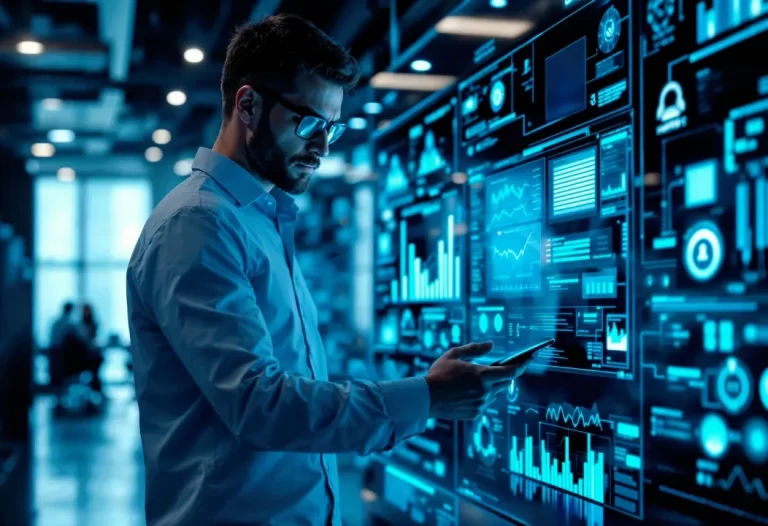The study done on the data center market in the year 2025 reveals a marked increase in the growth of digital services, artificial intelligence, and cloud computing. Data centres run by tech giants such as Google, Microsoft, and Amazon have come under pressure regarding their energy consumption and their environmental consequences. Some of the primary areas in which energy is utilized in these centers include: cooling, which is done to ensure the servers do not overheat. Traditional methods, such as standard air conditioning, are not efficient in solving the problems of the current generation, especially because of the rising density of servers and higher performance requirements.
To meet this challenge, hyperscale operators are now trying to adopt better and more efficient cooling systems. These include advanced liquid cooling, AI-based cooling, and waste heat-to-power recycling, among others. The other necessary goals are having adequate backup power, operational efficiency, and expenses needed to run the power plant, as well as supporting carbon reduction goals. This is a shift from how data centers were constructed and operated in the past, with efficiency and sustainability of the building as the new paradigm.
AI-Driven Cooling Optimization
AI has already proven to be very useful in improving cooling in data centers, which are cooling systems. Using temperature, humidity, and utilization information of the coolants and other associated equipment, AI can automatically adjust cooling systems for optimal efficiency. This also improves energy efficiency while prolonging the duration that various hardware parts will last.
The process of incorporating AI for cooling thus calls for commitment to investment in technology as well as expertise commitment. But the advantages include reduced energy costs and raising the system reliability make it worthwhile for data centers that would want to embrace this noble cause of being sustainable.
Liquid Cooling Technologies
Direct-to-chip and immersion cooling techniques are being implemented due to the better heat dissipation. There are two types of microchip cooling systems; the first one is direct-to-chip, where liquid flows over the heat-producing parts of the chip while the second one is known as immersion cooling, where the whole system is submerged into a non-conductive liquid.
All these techniques offer significant energy savings and support higher computing densities. They decrease the demand for air conditioning since the liquid cooling effectively cools the devices, which results in lower expenses and fewer emissions.
Sustainable Cooling Practices
Data centers have management modalities that are being enacted to ensure that the impact on the natural environment is minimal. It is also worth noting that the use of solar and wind energy in cooling systems has also significantly contributed to the decrease of fossil fuel.
Other measures like waste heat recovery whereby the excess heat is utilized in some other processes such as heating of other structures are also being taken. Responsibly using energy in processes is not only beneficial for global and local ecology but also for sustainable development objectives in general.
Edge Data Center Cooling Solutions
Thus, edge computing brought the birth of localized data centers that are much smaller than the central data centers. The cooling of these facilities is somehow complicated by their diverse locations and the fact that most of them are compact structures.
As these challenges still exist there has been the development of compact self contained cooling systems that can overcome these challenges. This is instrumental in maintaining stable temperatures even in less-controlled environments and hence allows for the growth of edge computing services.







